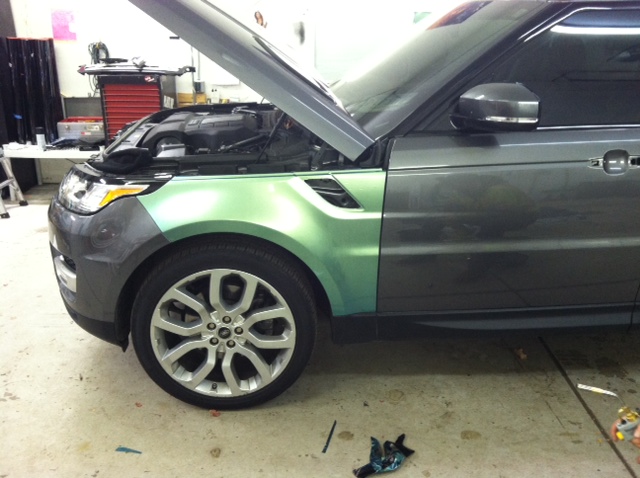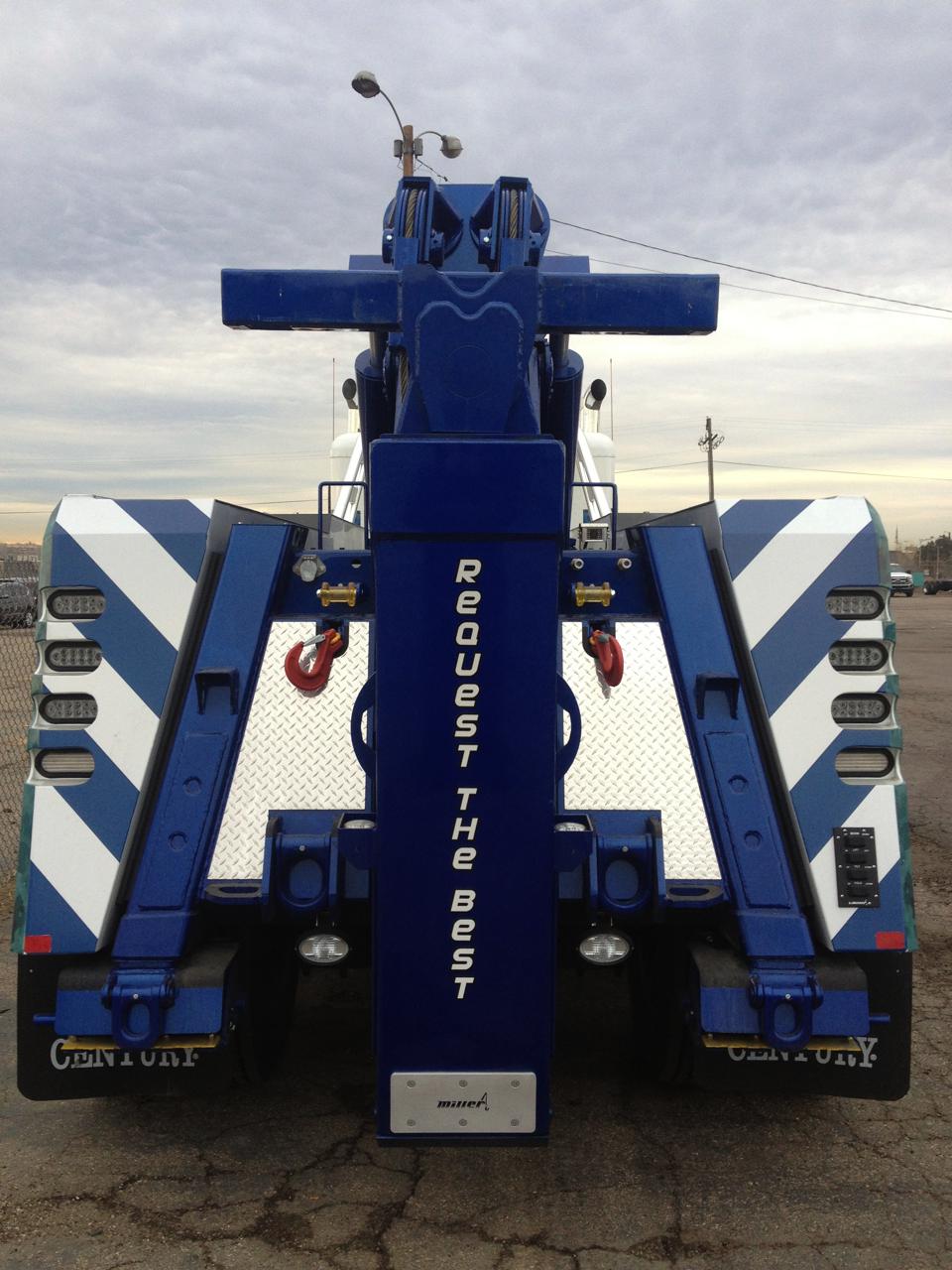Uh-oh, now what?
You know something is wrong, but you don’t know what is happening. This is the feeling many car owners get when the check engine light pops on.
The check engine light is part of your vehicle’s onboard diagnostics (OBD) system. Computers have control and monitor vehicle performance, regulating such variables as engine speed (RPM), fuel mixture, and ignition timing, and may even tell the automatic transmission when to shift.
When the Malfunction Indicator Light or Check Engine, turns on, it is a signal from the car’s engine computer that something is wrong. Usually, it comes without warning or explanation, but in most cases, it means a trip to the mechanic.
Nonetheless, there is no need to panic. In most cases, it could be a minor problem or an easy fix issue. However, it could also mean a costly problem.
 Never Ignore the Warnings
Never Ignore the Warnings
It is stated that ten percent of all cars on the road have a Check Engine light on, and the drivers of half of these cars have ignored the light for more than three months. Don’t become one you too and have your car checked without postponing. A simple issue left unchecked could evolve into expensive car problems.
So, if you are thinking about putting a piece of black tape and keep driving, allow me to remind you that it is a terrible idea!
What to do?
First of all, pay attention to the light. If it is flashing, it means you might have a big problem, such as a misfire or a bad catalytic converter. Misfire is a severe issue and one you should never ignore. Pull over as soon as possible and take your car to a qualified expert for a better diagnose and treatment.
Most Common Issues
Sometimes, the Check Engine light might turn on when nothing is wrong with the car. This could be caused by a temporary problem, such as a change in humidity or other factors. In such cases, the light should go off by itself after a short time.
Other issues that can be easily found and solved are:
Loose Gas Cap
A loose or cracked gas cap can allow fuel vapors leak out and can throw the whole fuel system off. This causes a reduction in gas mileage and increases emissions.
If your car isn’t feeling jerky or strange when the check engine light comes on the first thing you should check is the gas cap. Pull over, retighten it, and take a look at the cap to see if it has any cracks in it.
O2 Sensor
An oxygen sensor is a part that monitors the unburned oxygen from the exhaust. It helps monitor how much fuel is burned. A faulty sensor means it’s not providing the right data to the computer and causes a decrease in gas mileage.
Mass Air Flow Sensor
The mass airflow sensor tells the car’s computer to add the proper amount of fuel based on the air coming through to the engine. A faulty one can increase emissions, cause the car to stall, and decrease gas mileage. Most mass airflow sensors fail because of an improperly installed or never replaced air filter.
Spark Plug Wires
The spark plug seals the combustion chamber and provides a gap for a spark to jump across and initiates combustion in your engine. When the plugs are failing, the spark plugs misfire. You’ll feel a little jolt in your car’s acceleration when this happens. Just get them replaced right away.
Catalytic Converter
The catalytic converter works to reduce exhaust gasses. It converts carbon monoxide and other harmful materials into harmless compounds. If your catalytic converter is failing, you’ll notice a decrease in gas mileage or your car won’t go any faster when you push the gas.
Remember your car is a complex mechanical and electrical system. Anything can trigger the “check engine” light, but is as simple as keeping a good car maintenance record and solving any issues as soon as possible.

